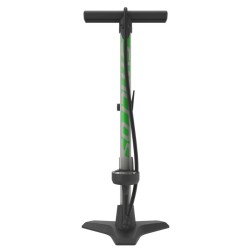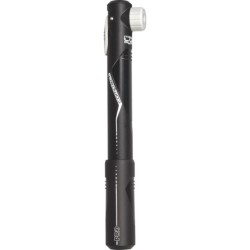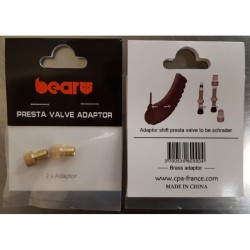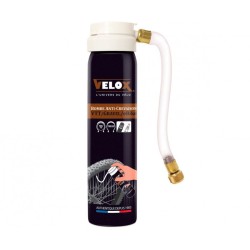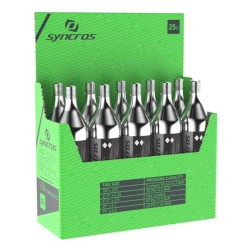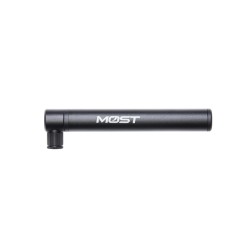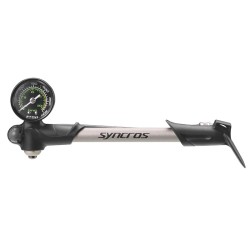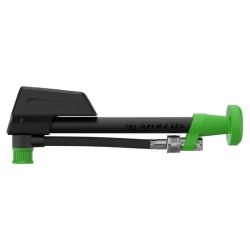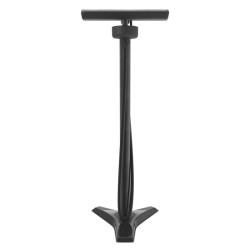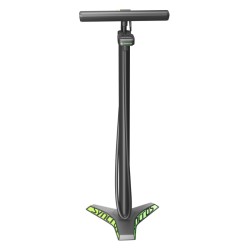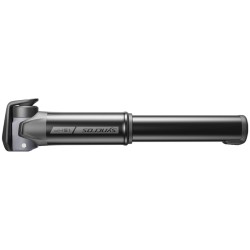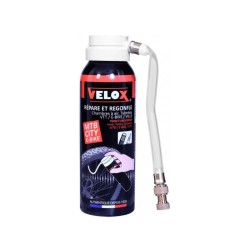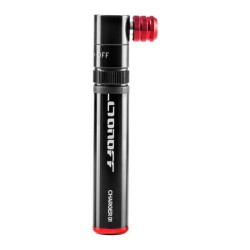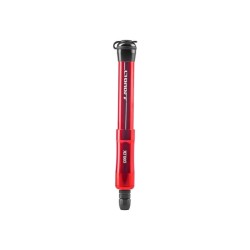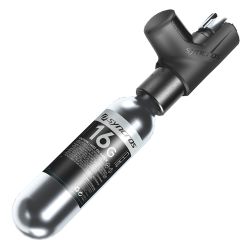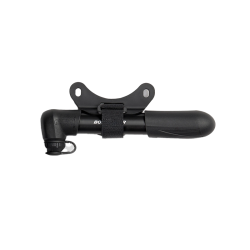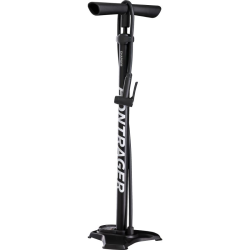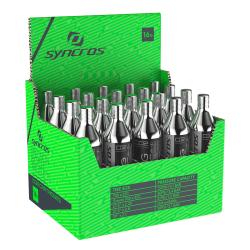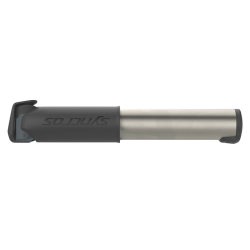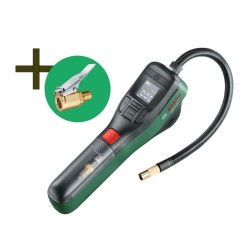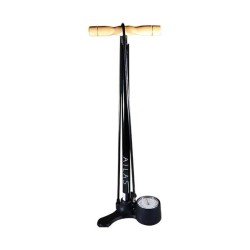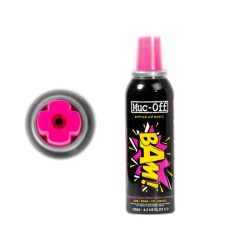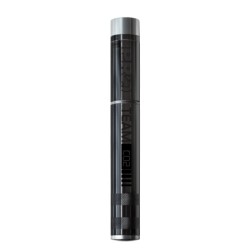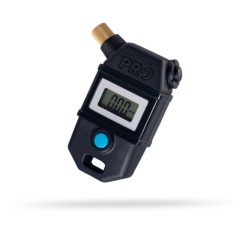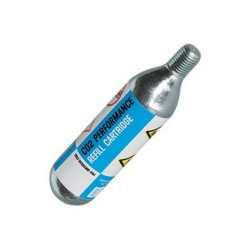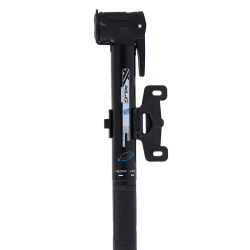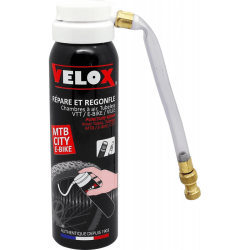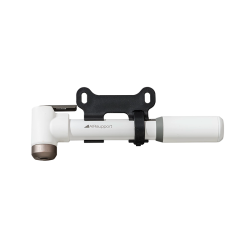Bicycle pumps
Available products: 30
The bike pump is an essential accessory for any cyclist, whether for occasional or regular use. Whether you're in town, on the road or off-road, a good bike pump guarantees optimal tire pressure, improving performance and safety. Different models exist to meet the needs of each type of cyclist. Here is an overview of the benefits and options available.
| Benefits | Description |
|---|---|
| Practicability | Easy to carry: Mini-pumps slip into a pocket or attach to the bike frame. |
| Effectiveness | Allows quick adjustment of tire pressure to optimize comfort and performance. |
| Versatility | Compatible with different types of valves (Presta, Schrader). Some models adapt automatically. |
| Robustness | Quality pumps are designed to last even under difficult conditions (VTT, rough roads). |
| Model versatility | Available in mini-pumps for transport, or in walking pumps for quick and powerful inflation. |
Comparison of bicycle pumps as required
| Criteria | Mini pump | Foot pump | CO2 pump |
|---|---|---|---|
| Use | Ideal for emergency travel and repairs. | To inflate quickly at home or before an exit. | Perfect for quick repair in competition or output. |
| Transport | Easy to carry (compact and light). | Non-transportable: domestic use. | Very light and compact, easy to store. |
| Power | Slow inflation: requires more effort to reach high pressures. | Fast and powerful inflation: ideal for road and mountain bike tires. | Instant inflation, but limited to one use per cartridge. |
| Compatibility | Adapted to all types of valves. | Adapted to all types of valves. | Compatible with Presta and Schrader (depending on the adapter). |
| Price | Affordable. | Intermediate to high. | Varies according to the cartridges. |
The bike pump is an essential for any cyclist. Mini-pumps are suitable for fast moving repairs, while walking pumps are ideal for domestic use thanks to their power. The CO2 pumps offer instant inflation for sports trips or competitions. Choose the pump that best fits your practice to drive safely.
MORE THAN 500 BIKES IMMEDIATELY AVAILABLE - STOCKS IN REAL TIME
PAYMENT UP TO 4X FREE BY CB OR PAYPAL
PAYMENT UP TO 20X WITH SOFINCO
FREE DELIVERY FROM 90€ OF PURCHASE
UNIQUE MARK AGAINST THEFT OFFERED FOR THE PURCHASE OF YOUR BIKE
A QUESTION ? CALL US ON 04 67 27 87 72



